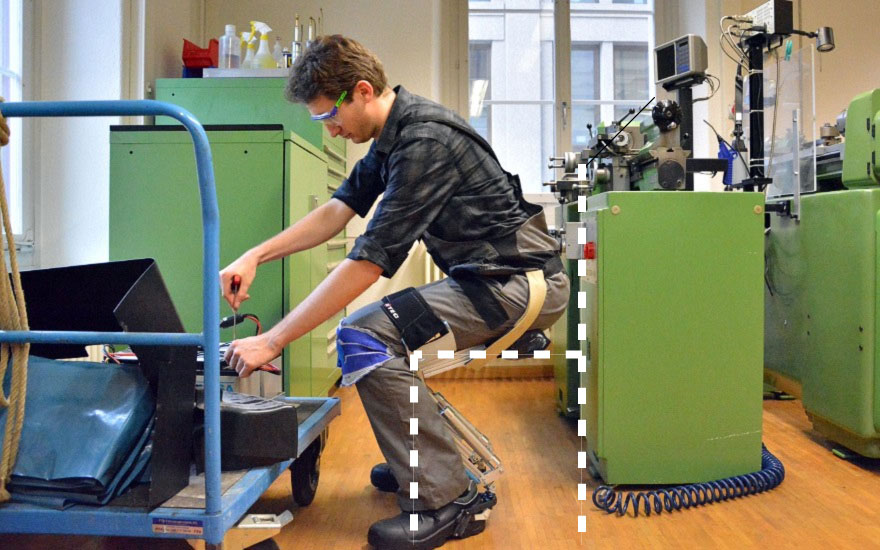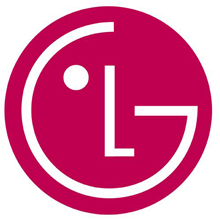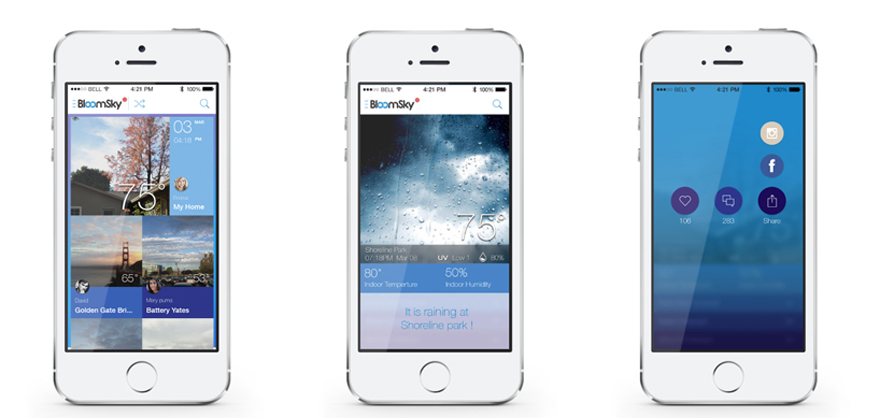
When you think of knockout sci-fi concept designers, you probably think of Syd Mead and/or Doug Chiang. Between Blade Runner, Tron, Terminator 2 and the later Star Wars films, both men have gotten their due. Their names also ring a little sweeter to us because both majored in Industrial Design, Mead at Art Center, Chiang at CCS. But for fans of this genre, there's another man whose name you may not know and whose work you should look at: Jean-Claude Mézières, whose background was not in industrial design but in illustration. And if you have seen the original Star Wars trilogy, you have seen the largely uncredited influence of his work (further down in this entry are the most egregious examples).

Mézières' background is as wonderfully confusing as it is interesting: Born and raised in Paris of the 1930s and '40s, entered an art academy at the age of 15. After graduation he did two years in the French army, seeing action in Algeria, and briefly worked as an illustrator upon his discharge. Then he became so fascinated by the American West that he hitchhiked across America in the 1960s to fulfill his lifelong ambition of becoming an actual working cowboy in Utah.

After wrapping up his cowboy gig and American adventures, Mézières returned to France—and started an influential science-fiction comic book, at a time when sci-fi was about as popular in France as being a hitchhiking cowboy was.









 United Nude's 3D-printed
United Nude's 3D-printed  The Biospiracy bootie (left) and boot are the latest designs in an ongoing collaboration between United Nude and Iris Van Harpen.
The Biospiracy bootie (left) and boot are the latest designs in an ongoing collaboration between United Nude and Iris Van Harpen.



 Chiaki Arai, Kadare Cultural Center, 2012 // Photo: Taisuke Ogawa, courtesy of Chiaki Arai Office
Chiaki Arai, Kadare Cultural Center, 2012 // Photo: Taisuke Ogawa, courtesy of Chiaki Arai Office Jasper Morrison, The Crate Series, 2007 // Photo: Gavin Proud
Jasper Morrison, The Crate Series, 2007 // Photo: Gavin Proud Photo credit:
Photo credit: 

 Gunura demo'ing the Chairless Chair
Gunura demo'ing the Chairless Chair





















